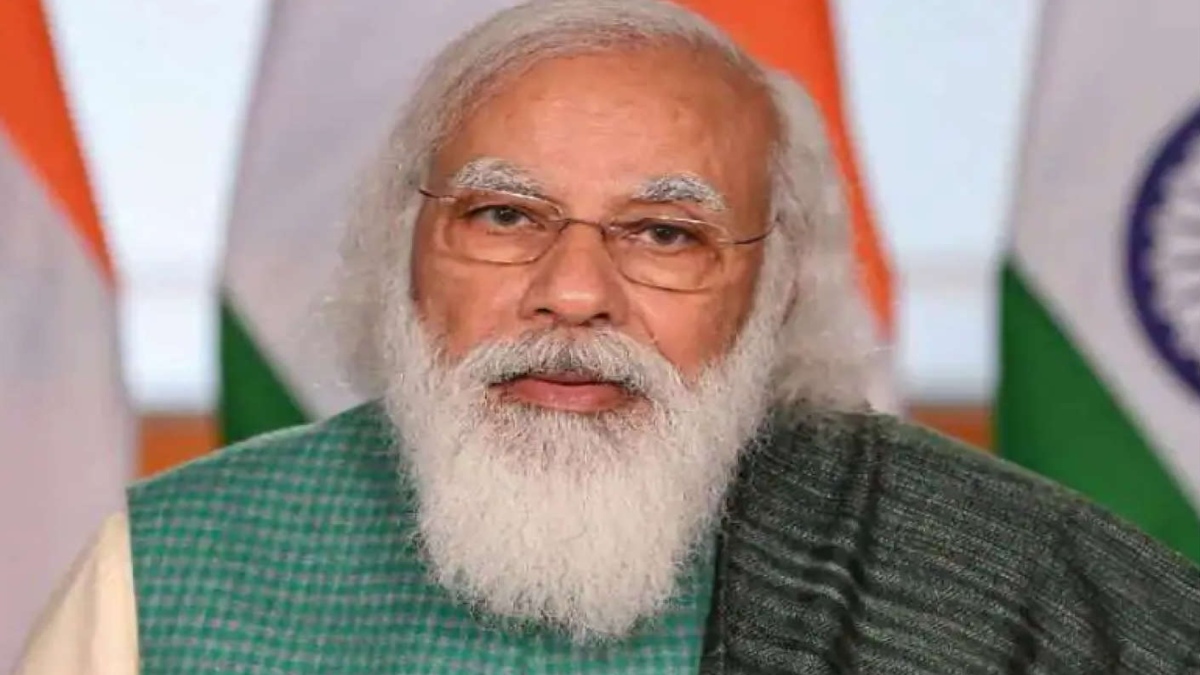
Back on 7 October 2001 when Narendra Modi was sworn in as Chief Minister for the first time, not many would have imagined that the day would gain significance not just in Gujarat but across the nation. Political observers would have felt justified in under-estimating the Pracharak who held public office for the first time and entered State legislature by winning a by-election in February 2002. The era of the coalition was in vogue during those days and BJP was no exception after it formed a government with the support of various regional parties. Into this scenario was the entry of a Sevak in Gujarat who transformed the very nature of Indian politics, governance standards and work culture in the corridors of power.
Indian politics for decades since Independence had revolved around the Gandhi family and the regional strongmen often had to pave way for favoured sycophants of the dynasty. Even after regional parties sprouted in various places and wrested power from Congress in some states, Congress was still very much a force to reckon with. Barring a few states, non-Congress governments were still an exception than a rule. Congress was a formidable force even in Narendra Modi’s home state of Gujarat when he took up the mantle as Chief Minister. For more than a decade to come, Gujarat witnessed history as complete political domination of Narendra Modi made Congress an insignificant player with multiple election losses; the same phenomena which the rest of India was set to witness starting 2014. As PM Modi rose to power and formed a government with a complete majority, in a single stroke he marked the end of the coalition era as well as the Congress era. The Indian public heaved a sigh of relief at the decimation of Congress as the PM brought an end to the corrupt UPA regime infamous for looting the country with series of scams like the 2G scam, Coalgate, Commonwealth games scam etc. With back to back election wins in various states since 2014 and a thumping majority for the second time in the 2019 parliamentary elections, the PM has practically ousted the Congress as a strong contender. Indian politics underwent a paradigm shift. Unlike a Congress party controlled by a single family, BJP with its cadre-based organisation today forms the key pole of Indian politics all thanks to PM Modi’s leadership.
As a by-product of the PM’s relentless political success, the regional parties in various states, most of whom are dynastic ones, were forced to undergo a transformation as they turned 24/7 politicians. Gone are the days when regional satraps took their voters for granted secure in the knowledge that their caste identity or goons will keep the levers of power in their hand. The regional parties are facing the heat of heightened expectations as BJP under PM Modi is leaving no stone unturned in reaching out to the last man on the streets. As a result, regional parties which are failing to deliver 24/7 are either losing relevance or paving way for BJP’s rise. The performance politics of PM Modi has put pressure to perform on every political party in India.
The famed Gujarat model of Governance which the PM showcased to the rest of the country combined the best of a welfare state while also delivering economic success. The success in the form of giant investment commitments which the Vibrant Gujarat Model attracted has led to a number of states emulating the Modi model of development. The Modi regime known for its transparency in governance and ease of doing business in Gujarat has successfully replicated the model nationwide since 2014 evident from the Ease of Doing Business ranking. From 142nd rank among 190 economies in 2015, India has jumped to 63rd position in the Ease of Doing Business Report 2020. The welfare schemes like Pradhan Mantri Aawaas Yojana which supports first-time home buyers and Ujjwala Gas Yojana for housewives has seen phenomenal response at the grassroots level.
India with its vast economy, demographic dividend and rich civilisational and cultural history has always been an important global power.
The assertive foreign policy which PM Modi introduced has transformed India from a hesitant global power to a confident superpower. The PM’s foreign policy combines deft diplomatic tools with a muscular approach to national security and portrays an India which will protect its core interest while also contributing to the global cause. With military actions like the Balakot airstrike, PM Modi has displayed that India is ready to walk the talk on cross-border terrorism. With global leadership in the fight against Covid-19, India has generated goodwill across the world. The global community looks at India through a different lens and PM Modi’s two decades in public office stands out as a source of inspiration for Indians.
The author is BJP spokesperson and advisor to former Chief Minister of Maharashtra Devendra Fadnavis. She is also state-in-charge of the BJP North Indian Cell. The views expressed are personal.
The assertive foreign policy which PM Modi introduced has transformed India from a hesitant global power to a confident superpower. The PM’s foreign policy combines deft diplomatic tools with a muscular approach to national security and portrays an India which will protect its core interests while also contributing to the global cause. With military actions like the Balakot airstrike, PM Modi has displayed that India is ready to walk the talk on cross-border terrorism.